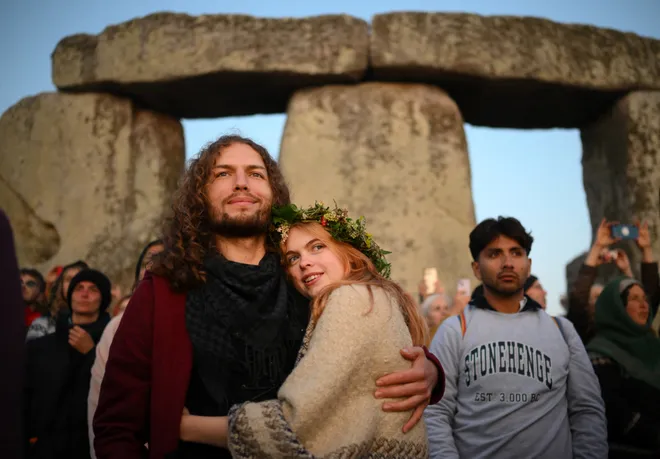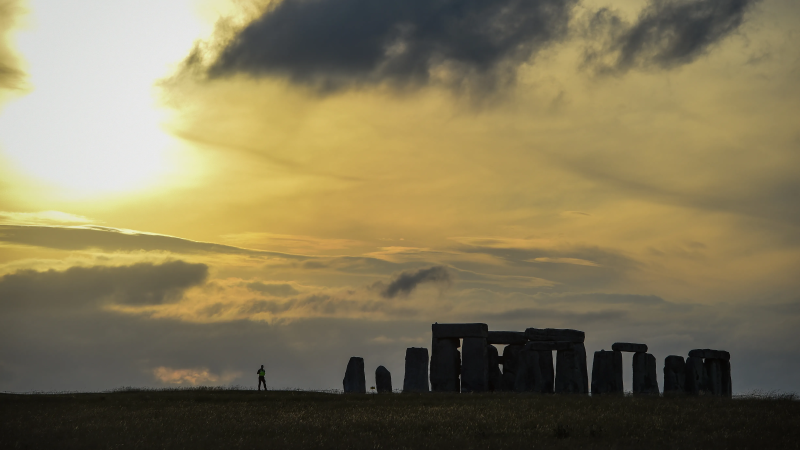Summer spectacle: Earliest solstice in 228 years coming Thursday
Folks hankering for the warmth of summer will get a special treat this week, with the earliest summer solstice in more than two centuries slated for Thursday afternoon.
Specifically, it's the earliest solstice since June 20, 1796, when George Washington was president and there were only 16 states in the Union.
The early solstice is due to the complex dance between Earth's yearly orbit around the sun and its daily rotation, along with how we mark the solstice on our calendars.

When is the summer solstice?
The summer solstice – the precise moment when the sun is at its highest point in the sky each year – is Thursday at 4:50 p.m. It marks the beginning of astronomical summer in the Northern Hemisphere.
At that moment, the sun will be directly above the Tropic of Cancer. That's the farthest north the sun moves in the sky, which is why the days close to the solstice have the most daylight of the year.
Some people call it "the longest day," but to be precise, it's the day with the most daylight, because every "day" has 24 hours. The amount of daylight will be consistent for a few more days before shrinking each day until the winter solstice in late December.
The reason we have solstices, equinoxes and seasons is because the Earth is tilted on its axis, thanks to a random collision with another object untold billions of years ago.
Is summer already here?
In many parts of the country, it's felt like summer for several weeks now, which is why meteorologists call summer the hottest three months of the year (June, July and August).
But the real heat is likely still to come: On average, there is a one-month lag between the solstice and peak summer temperatures, according to climatologist Brian Brettschneider. That's why July is often the hottest month of the year in many locations.
The solstice comes nearly three weeks after the beginning of meteorological summer, which started on June 1.

Who celebrates the solstice?
Many people around the world celebrate the summer solstice with music and festivities. In England, hundreds of people travel to the ancient site Stonehenge for the first day of summer. Solstice observations there have been going on annually for thousands of years.
The Stonehenge rock formation perfectly aligns with the sun's movement on both the summer and winter solstices. Although its origins and reasons for its creation are not understood, Stonehenge has become one of the most popular places to observe the solstice.
The Mayans and Aztecs also used the summer and winter solstices as markers to build structures that precisely line up with shadows created by the sun, according to Scientific American.
Keep in mind that Thursday is also the winter solstice in the Southern Hemisphere, meaning winter is coming for the roughly 12% of the world's population who live there.
Disclaimer: The copyright of this article belongs to the original author. Reposting this article is solely for the purpose of information dissemination and does not constitute any investment advice. If there is any infringement, please contact us immediately. We will make corrections or deletions as necessary. Thank you.



